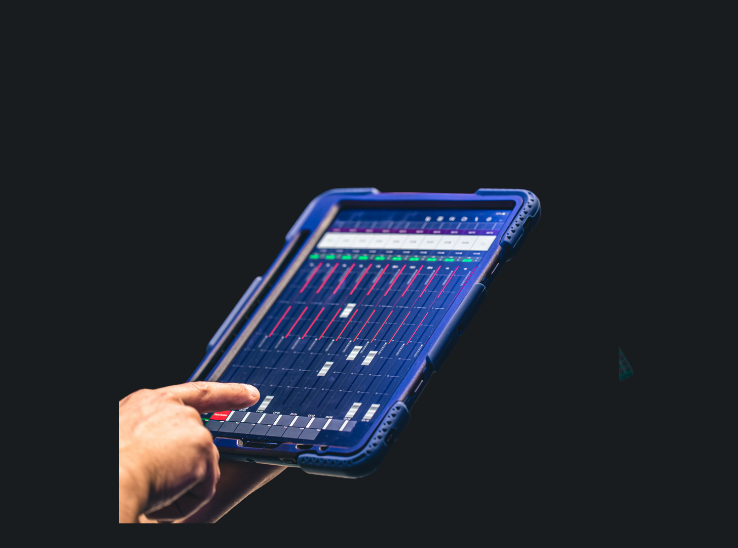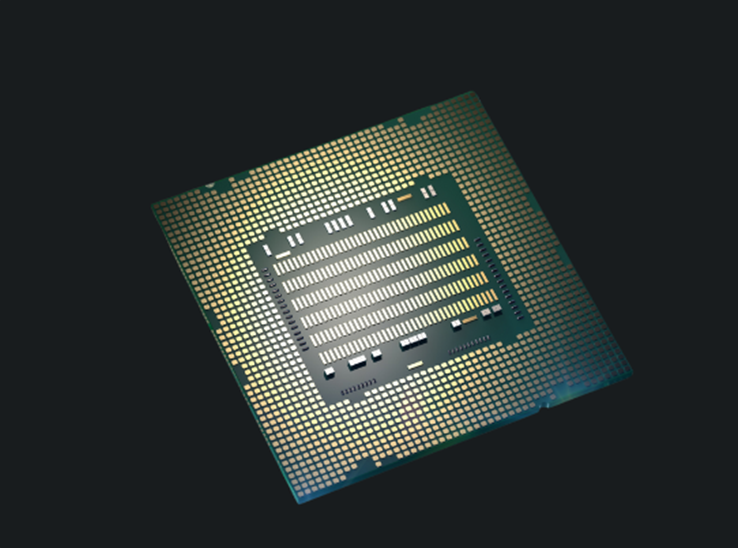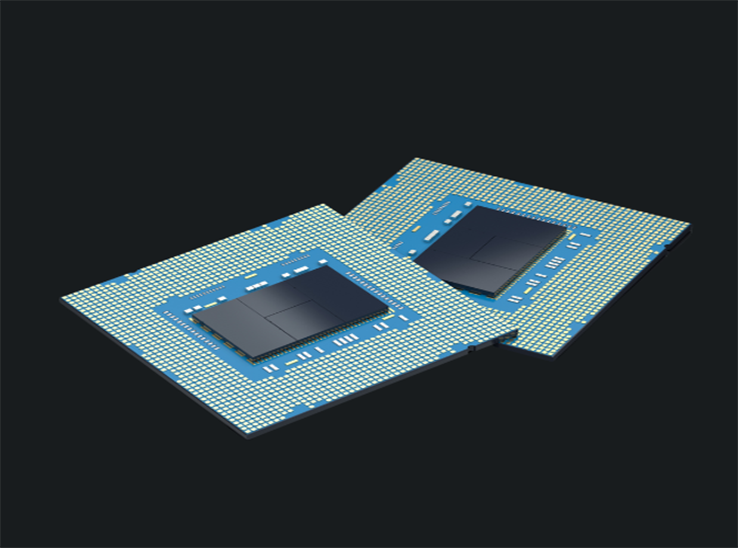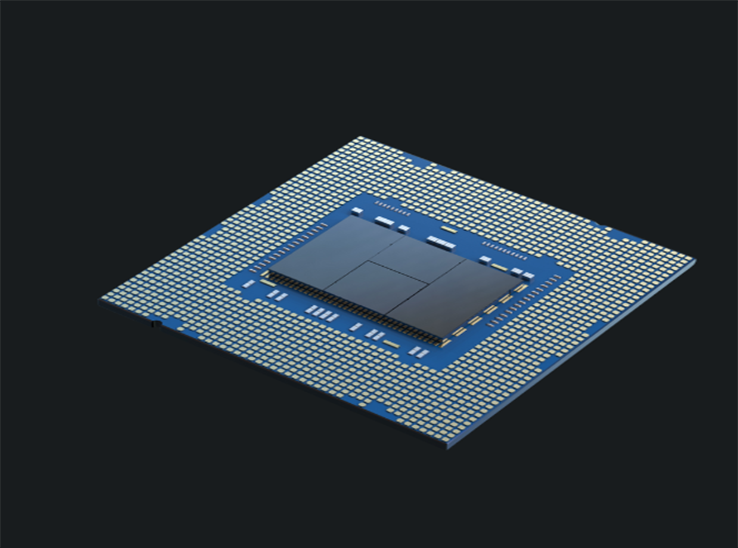Advanced DFT Architecture & Scan: Embracing AI and Adaptive Testing

Introduction
The semiconductor industry is experiencing a rapid transformation, driven by the need for higher performance, lower power consumption, and faster time-to-market. One of the most critical aspects of this evolution is the advancement in Design-for-Test (DFT) architecture and scan methodologies. As integrated circuits (ICs) become more complex, ensuring their testability and reliability requires innovative solutions that leverage artificial intelligence (AI), adaptive testing, and sophisticated scan techniques.
The Evolution of DFT Architecture
Traditionally, DFT focused on making circuits testable by inserting scan chains and test points. However, with the rise of system-on-chip (SoC) designs, the limitations of conventional DFT became apparent. Modern DFT architecture now incorporates scan chain compression, hierarchical DFT, and adaptive test strategies to address the growing complexity and size of today’s chips.
Scan Chain Compression: By compressing scan data, engineers can reduce the amount of test data that needs to be shifted in and out of the chip, significantly decreasing test time and cost.
Hierarchical DFT: This approach allows for modular testing of different blocks within a chip, improving scalability and reusability across projects.
AI and Machine Learning in DFT
AI and machine learning (ML) are revolutionizing DFT by enabling intelligent test scheduling, fault diagnosis, and pattern generation. These technologies analyze massive datasets from silicon test results to identify patterns and predict failures, allowing for proactive test optimization.
AI-Driven Test Scheduling: Machine learning algorithms can prioritize test patterns based on historical defect data, focusing resources on the most likely failure points.
Fault Diagnosis: AI tools quickly pinpoint the root cause of failures, reducing debug time and accelerating yield improvement.
Adaptive Testing: A Game Changer
Adaptive testing tailors the test process in real-time based on the observed behavior of each chip. By dynamically adjusting test patterns and thresholds, adaptive testing ensures optimal coverage while minimizing unnecessary test cycles.
Real-World Impact
The integration of AI and adaptive testing in DFT architecture leads to:
Reduced test costs and time-to-market.
Improved product quality and yield.
Enhanced reliability for mission-critical applications such as automotive and medical devices.
Conclusion
As the semiconductor landscape evolves, DFT architecture and scan methodologies must keep pace. Embracing AI and adaptive testing is no longer optional—it’s essential for achieving the performance, reliability, and efficiency demanded by modern electronic systems.
Powered by Froala Editor


